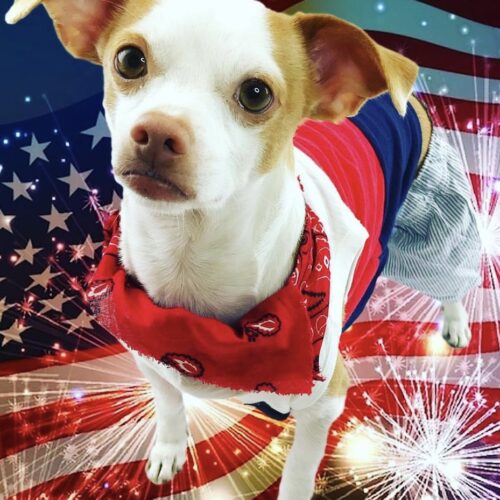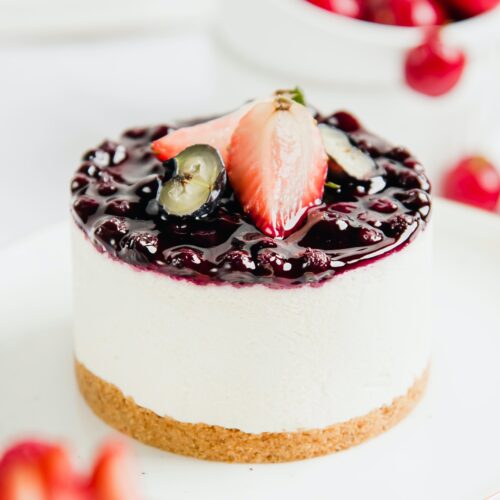 Naughty or Nice, These Santa Claus Trivia Will Make Your Christmas Dinner Merry & Bright!
Naughty or Nice, These Santa Claus Trivia Will Make Your Christmas Dinner Merry & Bright!
As people gather around the festive table, we thought it would be fun to kick off Christmas dinners with a touch of holiday enchantment and kitsch.
Let’s journey into the whimsical world of Santa Claus and explore some delightful and quirky facts about the jolly old fellow who brings us joy each December–from his global aliases to the magic of his beard and his penchant for cookies and milk, these tidbits will surely add a dash of merriment to our evening.
So, let’s raise a glass of hot cocoa, embrace the holiday spirit, and enjoy these fun Santa Claus anecdotes as we celebrate this special time of year together.
Here are some kitschy Santa Claus facts that can serve as fun icebreakers for your Christmas dinner:
Santa’s Many Aliases: Santa Claus is known by different names worldwide. In the United States, he’s Santa Claus, but in the United Kingdom, he’s Father Christmas. You might hear him called Saint Nicholas or Pere Noel in other places.
Jolly Old Elf: Santa is often described as a “jolly old elf,” but he’s not an elf at all. In many depictions, he’s a rotund human with a long white beard, not one of his tiny workshop helpers.
Santa’s Sleigh: Santa’s sleigh is said to be pulled by reindeer, and they have individual names. The most famous ones are Dasher, Dancer, Prancer, Vixen, Comet, Cupid, Donner (or sometimes called Dunder), and Blitzen.
Santa’s Other Job: Santa’s not just busy on Christmas Eve. Many places have Santa-themed events, such as Santa races, where people dress up as Santa and run for charity.

Santa’s Postal Code: In Canada, there’s an official postal code for Santa Claus, and it’s H0H 0H0. You can write a letter to Santa using this code, and volunteers will respond to the notes on behalf of Santa.
Santa’s Suit: Santa’s classic red suit with white fur trim was popularized by Coca-Cola in its 1930s advertising campaigns. Before that, Santa was often depicted in different colored outfits.
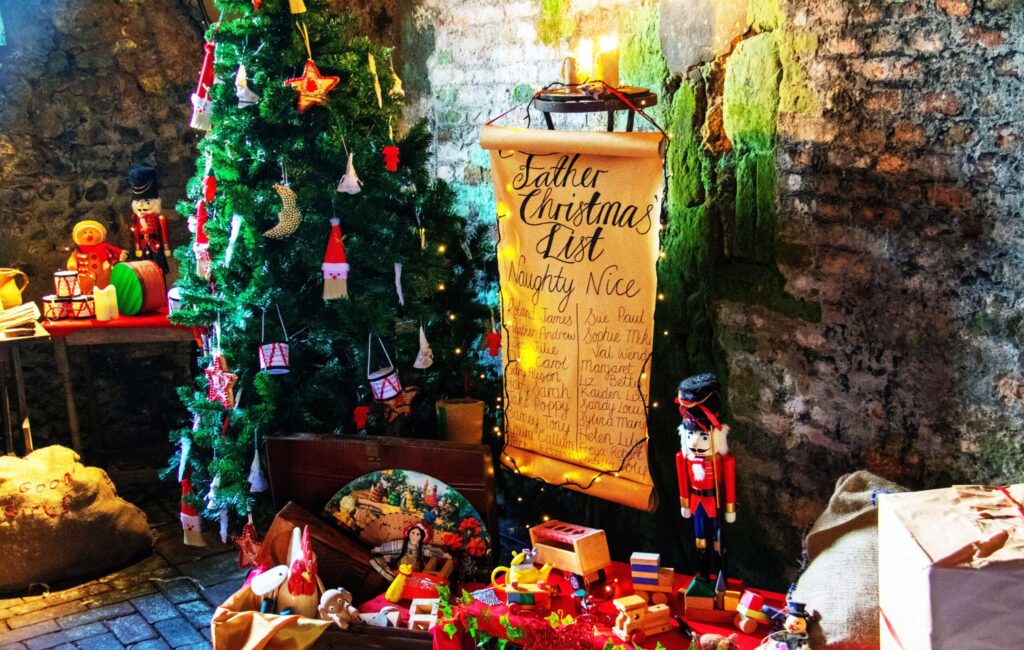
Santa’s Naughty and Nice List: Santa is believed to maintain a list of children’s behavior, classifying them as either “naughty” or “nice.” It’s a common theme in holiday songs and stories.
Santa’s Fast Delivery: Santa’s sleigh is said to travel incredibly fast, allowing him to visit millions of homes in a single night. Some estimates suggest he would need to travel at speeds exceeding the speed of light to accomplish this feat.
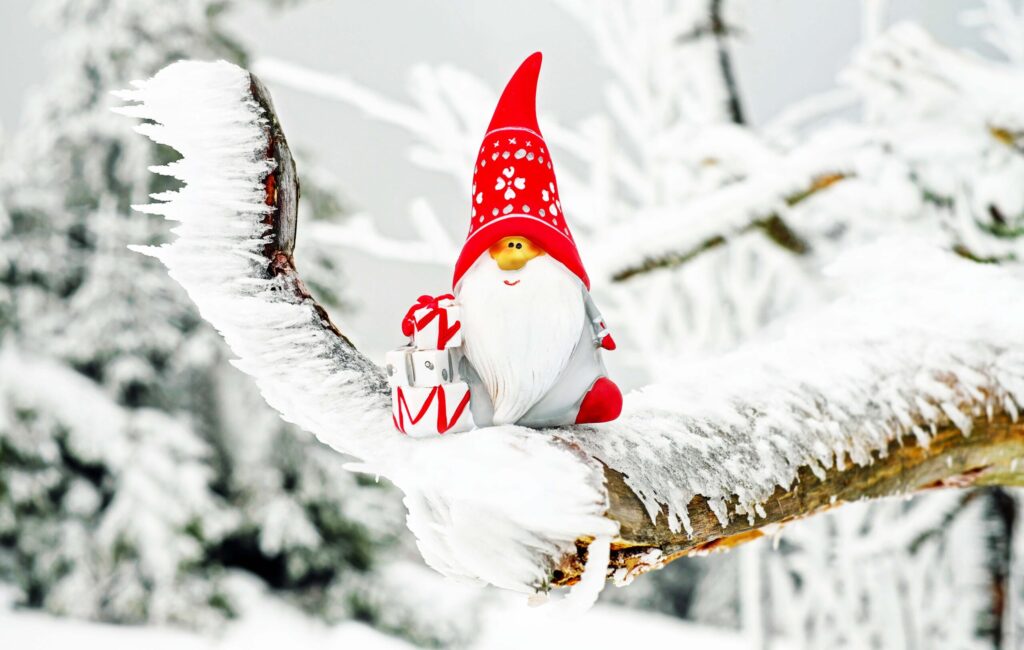
Santa’s Helpers: Santa’s workshop is said to be run by elves. Still, there are also variations in different cultures, such as Christmas gnomes in Scandinavian folklore and angels in some European countries.
Santa’s Reindeer Games: In Finland, the home of Santa Claus, there’s a “Santa Claus Village” near the Arctic Circle where you can meet Santa and his reindeer. It’s a popular tourist attraction.

Cookies and Milk: Leaving out cookies and milk for Santa is a popular tradition in the United States. In some countries, children leave out treats like mince pies, sherry, or even carrots for Santa’s reindeer.
Santa’s Beard Magic: Santa’s beard is said to have magical properties. According to folklore, it can be used to disappear and reappear at will, allowing him to traverse chimneys easily.

Santa’s Suit Regulations: In Sweden, there’s an official association responsible for setting the standards for Santa suits, ensuring they meet quality and authenticity requirements.
Santa’s Signature: Some children receive a reply to their letters from Santa with a handwritten note. Santa’s signature often varies, adding to the enchantment.
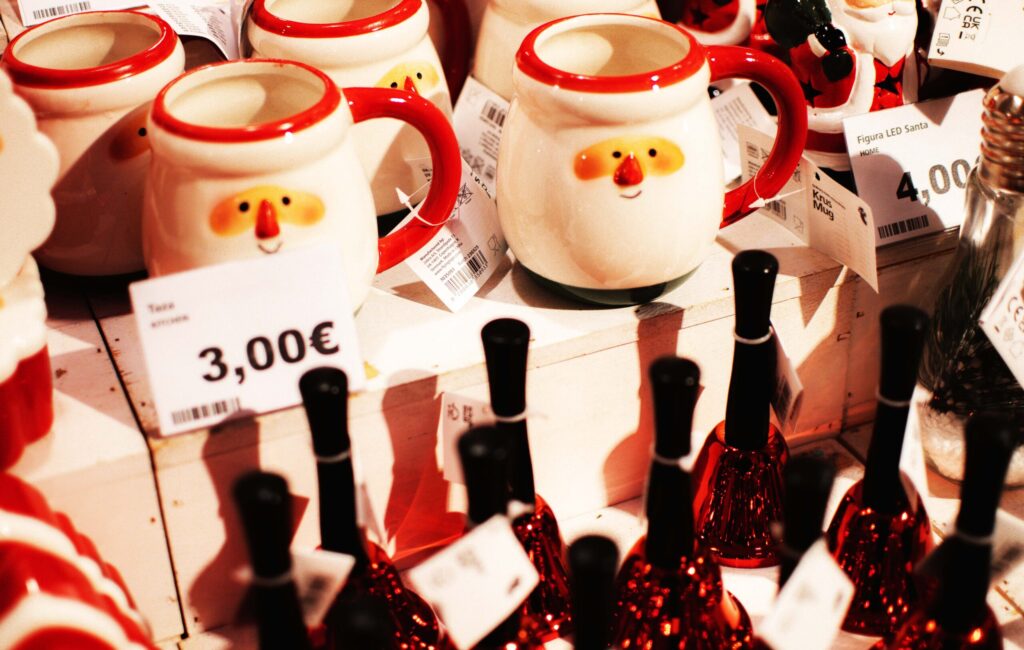
Santa’s Impact on the Economy: Santa Claus significantly influences the global economy. From toy production to holiday shopping, the Christmas season is a major driver of economic activity.
Santa’s Birthday: Santa’s traditional birthday is celebrated on December 25th, the same day as Christmas. However, his exact age remains a mystery.
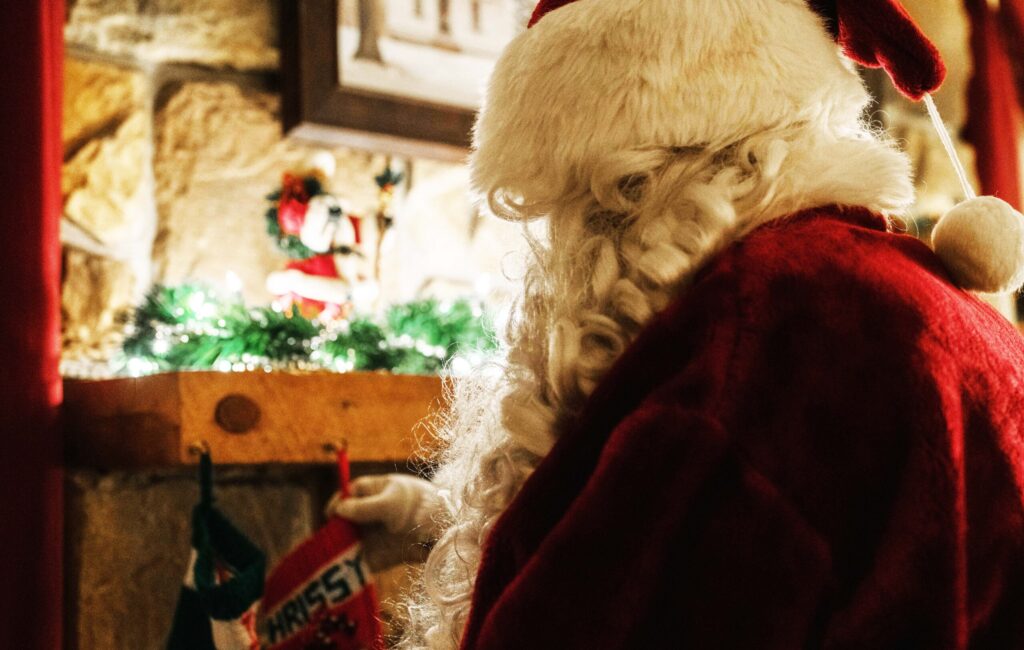
Santa’s Chimney Challenge: While Santa is known for sliding down chimneys to deliver gifts, some houses don’t have chimneys. In such cases, Santa is said to use magic keys to enter.
Santa Around the World: Different countries have unique traditions and folklore related to Santa Claus. For example, in some parts of Germany, Santa’s helper is a character called “Krampus,” who punishes naughty children.
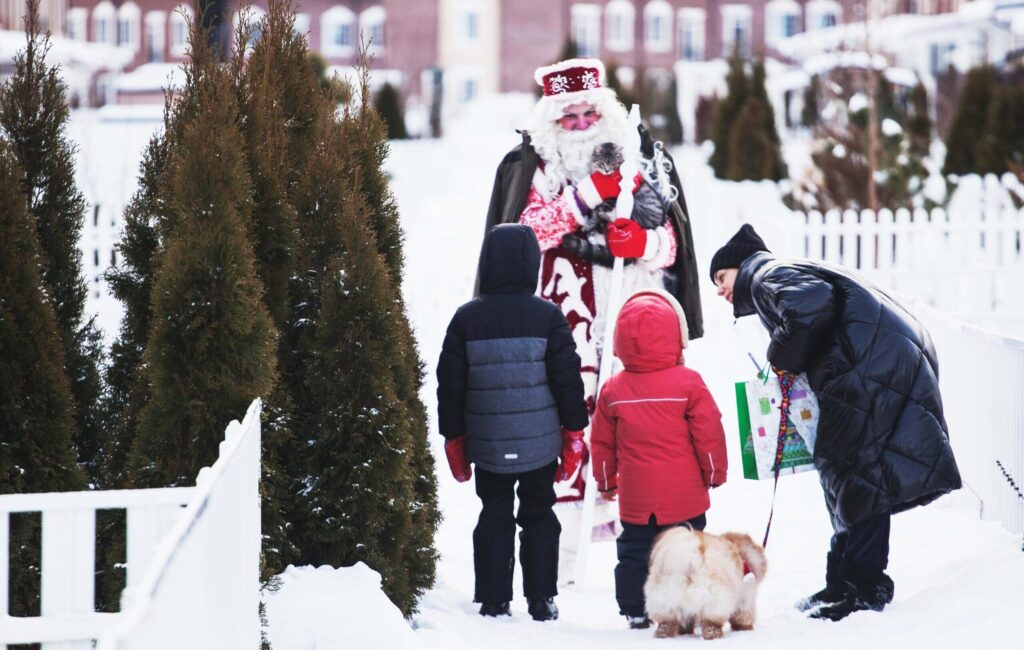
Santa’s Home: The North Pole is commonly associated with Santa’s workshop and residence. However, the true location of Santa’s home varies in folklore. Some say it’s Lapland, while others argue it’s in the remote Arctic.
Santa’s Technology: In modern times, Santa is said to use the latest technology, including GPS and satellite tracking, to ensure he doesn’t miss any houses on Christmas Eve.
Tip: Sprinkle these fun and kitschy Santa Claus facts into your Christmas dinner conversation to keep the holiday spirit alive and engage your guests in delightful discussions.
Did you know?
Mrs. Claus made her first significant appearance in a short story titled “Goody Santa Claus on a Sleigh Ride,” written by Katherine Lee Bates in 1889. In this story, Mrs. Claus joins Santa on his Christmas Eve journey for the first time, taking part in the holiday adventure.
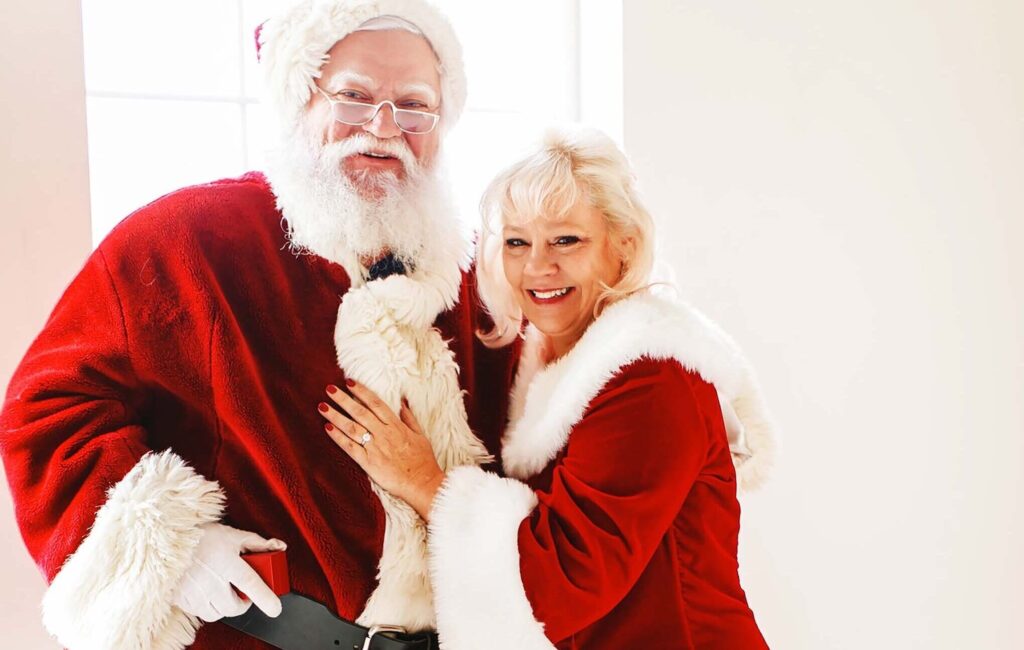 This portrayal of her as an active and supportive partner was a departure from earlier depictions, where she was often relegated to the background as a homemaker.
This portrayal of her as an active and supportive partner was a departure from earlier depictions, where she was often relegated to the background as a homemaker.
Over time, this image of a more involved and adventurous Mrs. Claus has gained popularity, highlighting her as a dynamic character in the world of Christmas folklore.
A little history:
Santa Claus has a rich history rooted in various traditions and folklore. The modern image of Santa Claus, as we know him today, is a blend of different influences. It starts with Saint Nicholas, a Christian bishop in the 4th century known for his generosity. His feast day celebrated on December 6th, became associated with gift-giving in many European countries.
In the United States, the Dutch settlers’ Sinterklaas tradition merged with the British Father Christmas and other European figures, evolving into Santa Claus.
Clement Clarke Moore’s 1823 poem, “A Visit from St. Nicholas” (commonly known as “The Night Before Christmas”), further popularized the image of Santa as a plump, jolly figure who delivers gifts via reindeer-drawn sleigh.
Coca-Cola’s 1930s advertising campaigns also played a role in cementing the modern Santa Claus’s red suit and white beard and these days, Santa Claus remains a beloved symbol of the holiday season, embodying the spirit of giving and joy.
